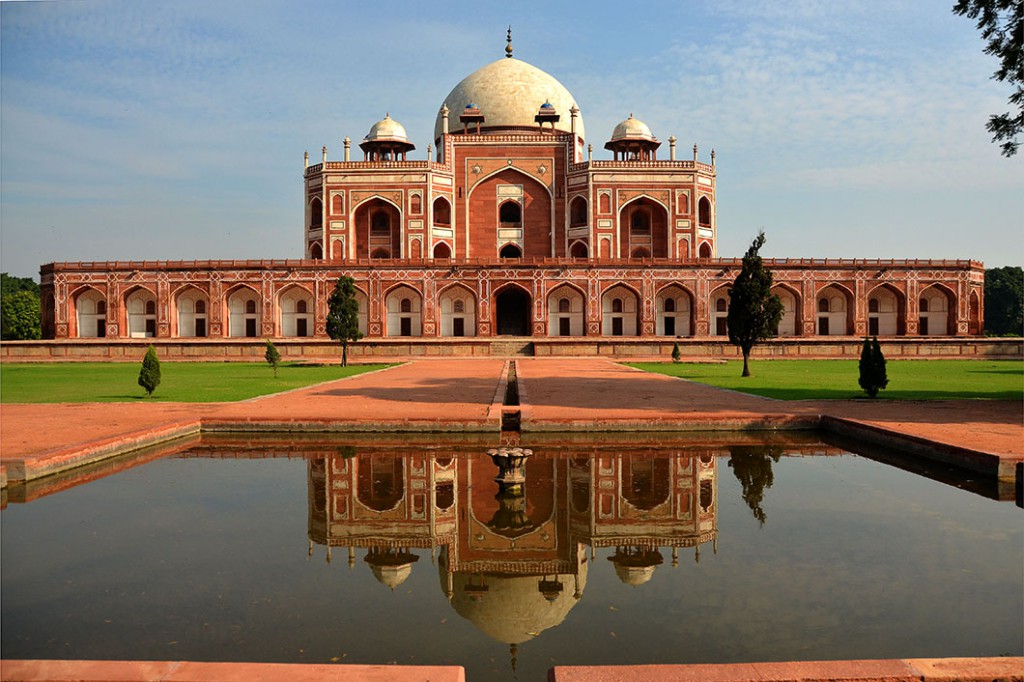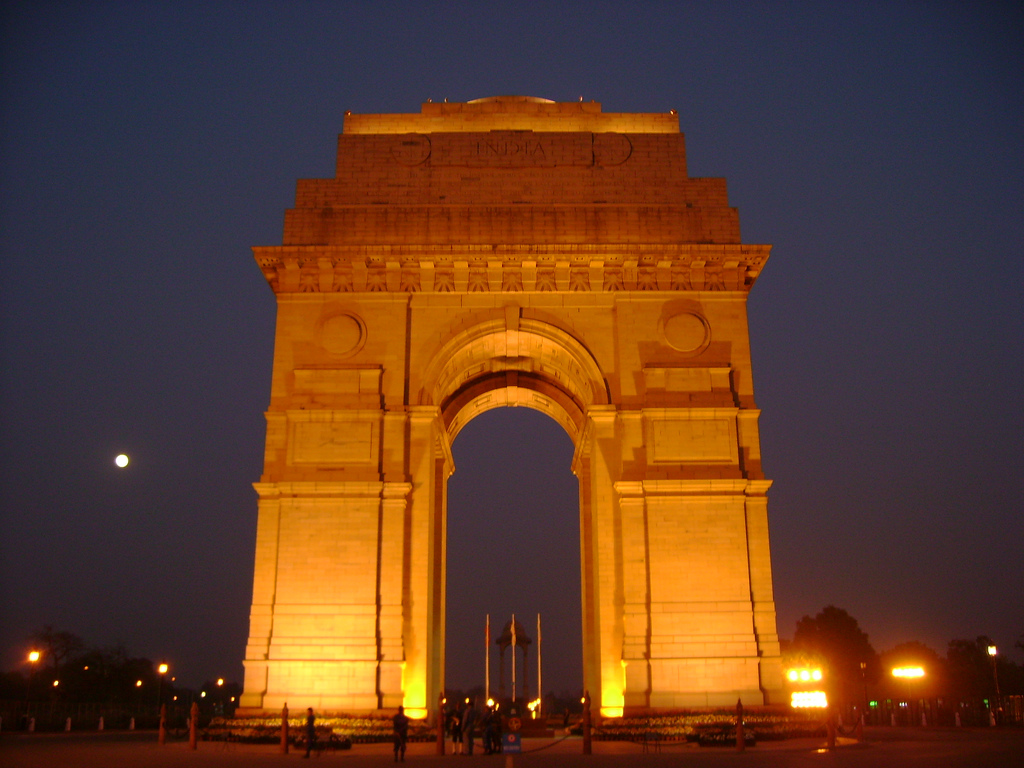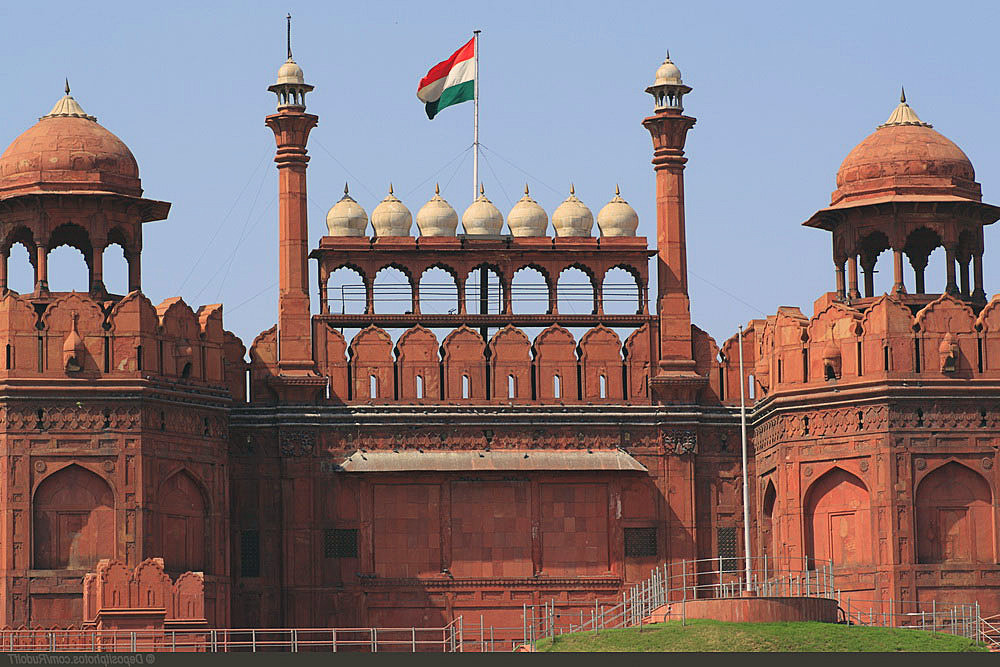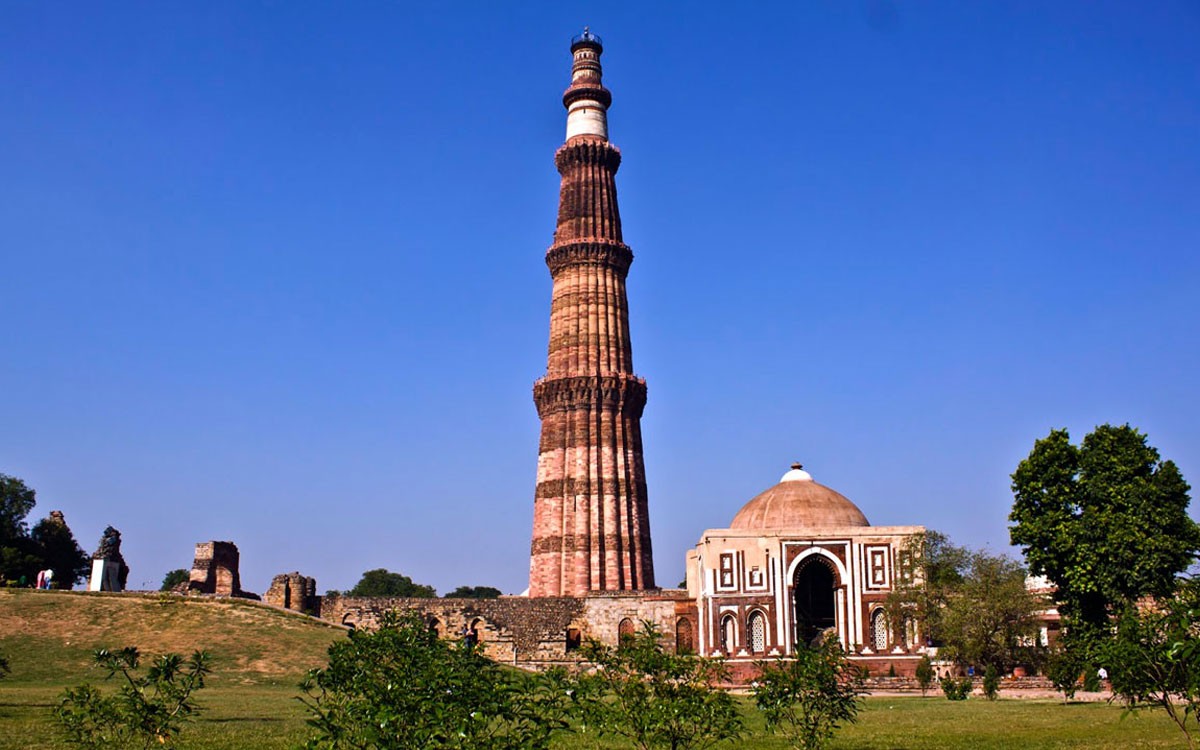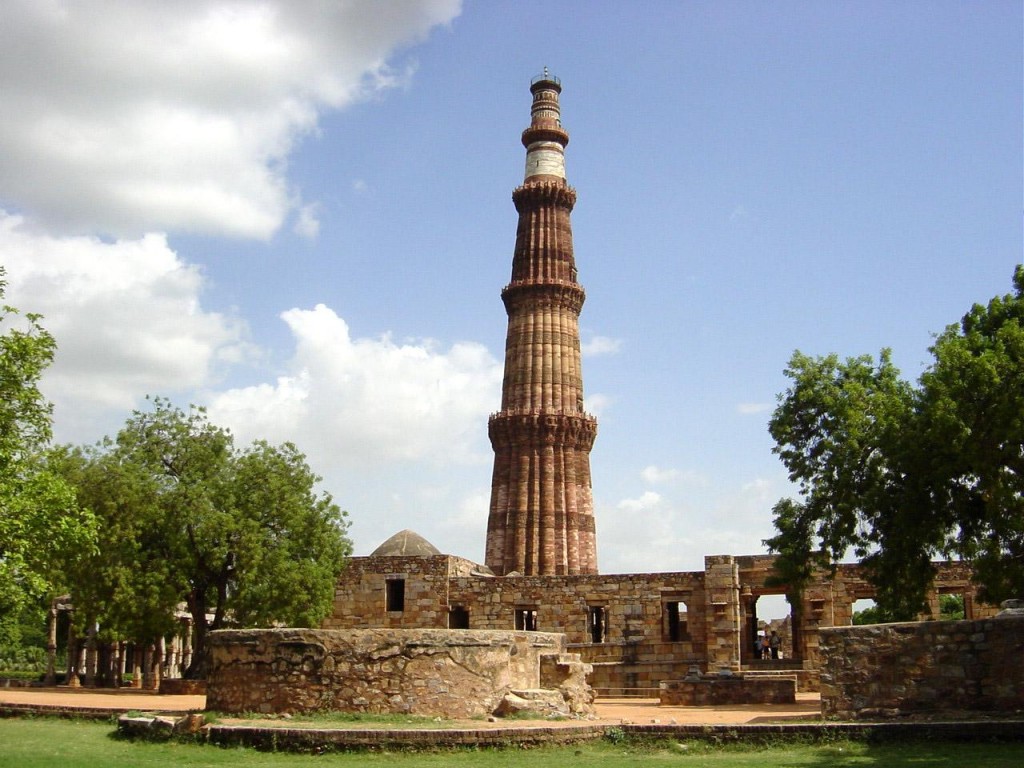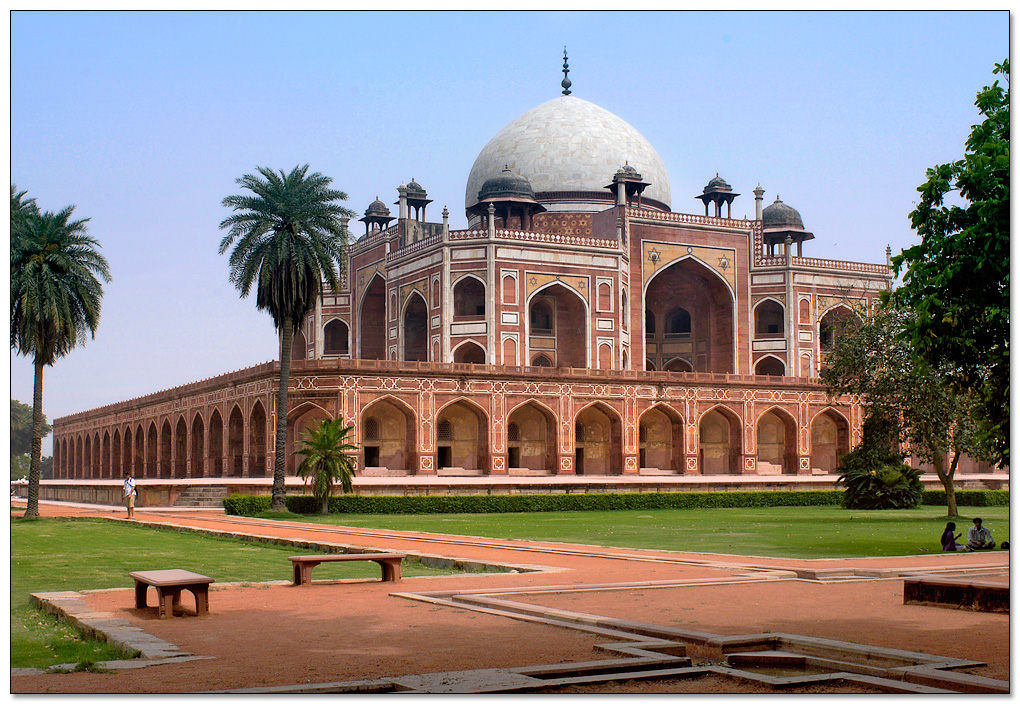
Humayun’s Tomb
One of the most spectacular Mughal buildings, Humayun’s tomb was added to Unesco’s World Heritage List in 1993. Built by Haji Begum, the widow of Humanyun, the second Mughal Emperor, the mausoleum is known to the precursor of world famous Taj Mahal. Built with a cost of one and a half million rupees, the monument heralded the construction of garden-tombs on the Indian subcontinent. Experience the majesty of Humayun’s tomb with Hotels of New Delhi.
As soon as one enters the massive double-storeyed gateway, the majesty of the building becomes self-evident. High walls surrounds a square garden which is divided into four
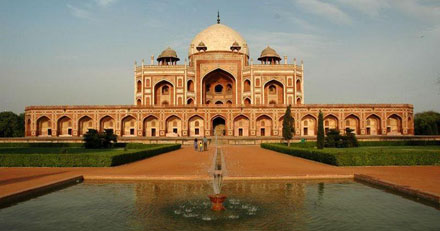
largesquares separated by causeways and water channels.
Each square, in turn, is divided into smaller squares by pathways. This forms a typical Mughal garden known as charbagh. Highly developed engineering skills were employed in the working out of the fountains. Though made of red sandstone, black and yellow stone was used to give variation. Humanyun’s Tomb came into the scene during the First War of Indian Independence in 1857. When the uprising failed, Bahadur Shah II, the last Mughal emperor, took refuge in the tomb, before he was sent to the Rangoon jail in Myanmar.
The tomb stands majestically at the center of the enclosure and rises from a platform faced with a series of cells with arched openings. The complex of Humayun’s Tomb contains many small monuments. Chief among them are black-and-yellow marble tomb of Humayun’s wife and the tomb of Humayun’s barber. Referred to as Nai Ka Gumbad, the barber’s tomb is an impressive square tomb with a double-dome

